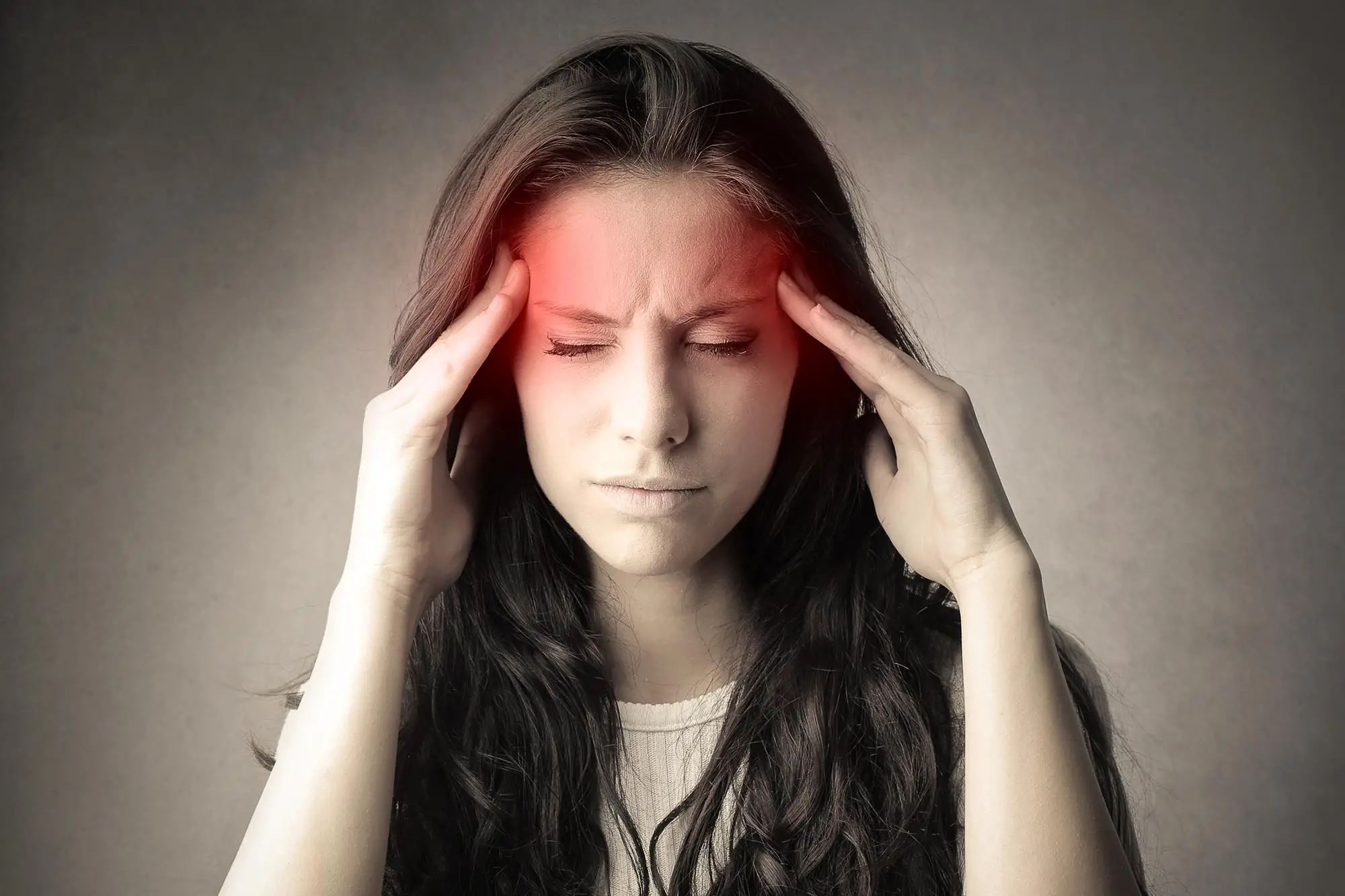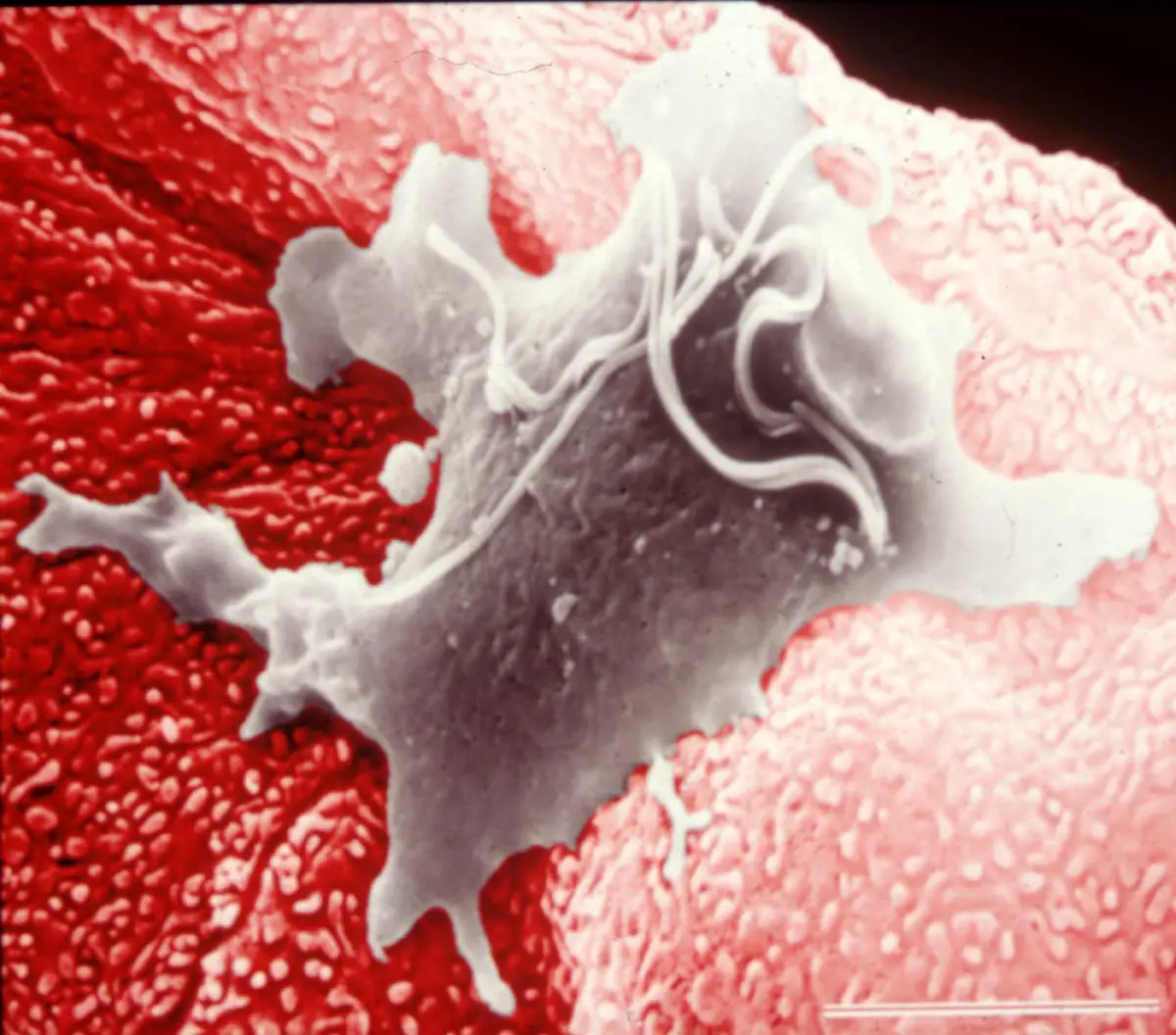Summary of How Our Biological Clock Influences Cluster Headaches and Migraines:
A meta-analysis published in Neurology has found strong connections between cluster headaches, migraines, and the circadian system, which regulates internal body processes. The study highlights the role of the hypothalamus and genetics in causing these headache disorders. According to the results, cluster headaches displayed a circadian pattern in 71% of people, while migraines displayed a circadian pattern in 50%. Both were linked to two main circadian genes. The study suggests the potential for circadian-based treatments for headache disorders.
*****
Understanding the Link Between Cluster Headaches, Migraines, and Circadian System
Scientists and medical professionals have long studied cluster headaches and migraine. Still, a new study shows that these headache disorders may strongly link to the circadian system, the internal clock regulating body processes. According to a meta-analysis published in Neurology, the American Academy of Neurology medical journal, these headaches may be highly circadian at multiple levels, which opens up the potential for future circadian-based treatments to help people who suffer from these disorders.
What is the Circadian System?
The circadian system is the body’s internal clock that regulates the sleep-wake cycle, hormone production, and other physiological functions that vary throughout the day. This system responds to environmental cues such as light and temperature and helps the body prepare for daily activities.
Link Between Cluster Headaches and Circadian System
The study found that cluster headaches displayed a circadian pattern in 71% of people, peaking in late night and early morning hours. Further, these headaches were associated with two main circadian genes.
People with cluster headaches also had higher cortisol levels and lower melatonin levels than those without. The results suggest that cluster headaches may have a genetic basis and may be brought on by changes in the circadian system.
Link Between Migraines and Circadian System
The meta-analysis showed that migraine attacks followed a circadian pattern in 50% of people, peaking from late morning to early evening. There was a circadian low point during the night, with few attacks. Migraine was also linked to two core circadian genes, and 110 of the 168 genes associated with migraine were genes with a circadian pattern of expression.
People with migraines had lower melatonin levels in their urine than those without migraines. In addition, melatonin levels were lower during a migraine attack.
Potential Treatment for Cluster Headaches and Migraines
“These results raise the potential for using circadian-based treatments for headache disorders,” said Mark Joseph Burish, Ph.D. of the University of Texas Health Science Center. “This could include both treatments based on the circadian rhythm — such as taking medications at certain times of the day — and treatments that cause circadian changes, which certain medications can do.”
Limitations of the Study
A limitation of the study was that researchers did not have information on factors that could influence the circadian cycle, such as medications, other disorders such as bipolar disorder, or circadian rhythm issues such as night shift work.
Conclusion
The study reinforces the importance of the hypothalamus—the area of the brain that houses the primary biological clock—and its role in cluster headaches and migraine. Researchers and medical professionals can use this information to develop new and effective treatments for those who suffer from these disorders. The study offers hope for those who struggle with the pain and discomfort of cluster headaches and migraines and provides the possibility of a brighter future for these individuals.



Comments are closed